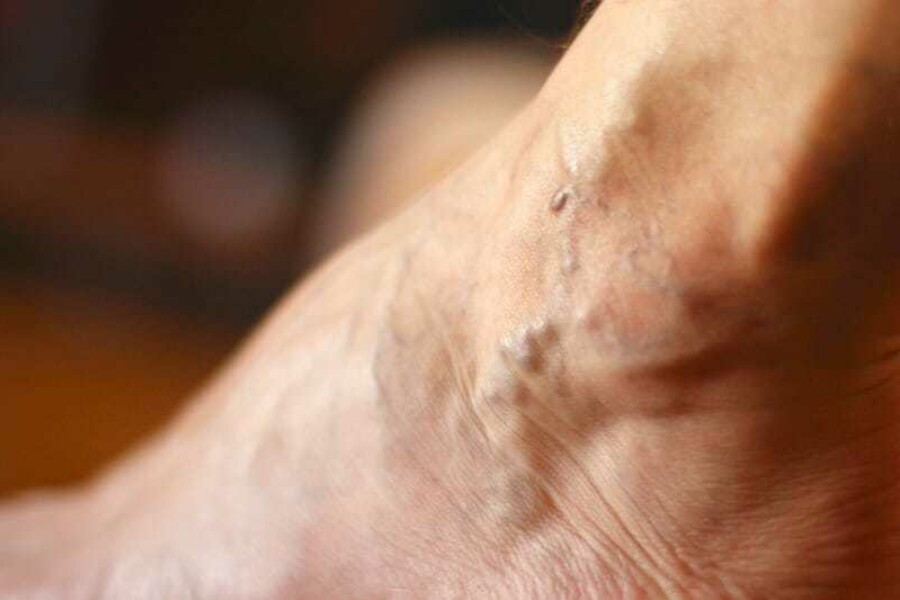What Is Superficial Vein Thrombosis and How Is It Treated?

Patients with varicose veins are at a higher risk of superficial vein thrombosis. Here’s how you can protect yourself from this complication.
Superficial vein thrombosis, or SVT, is a blood clot in a vein located close to the surface of the skin. Like deep vein thrombosis (or DVT), SVT often results in inflammation in the affected vein, though its symptoms are usually much more conspicuous. It affects as many as 125,000 Americans, many of whom also suffer from varicose veins.
SVT is often treated as a benign problem that generally resolves by itself. But without prompt treatment, it can quickly lead to significant complications such as a pulmonary embolism. If you think you might be suffering from it, we’ll help you better understand your condition and guide you to a qualified vein specialist.
Symptoms, Causes, and Risk Factors
SVT can affect any superficial vein, but it’s most common in the legs and feet. It carries with it a distinct set of symptoms, including:
Pain in the affected limb
Redness and warmth in and around the vein
A palpable “cord” caused by swelling
Mild fever
The causes of SVT are still unclear. While it’s historically been associated with damage to the endothelial lining and hypercoagulation, recent research suggests that it might be more closely connected to varicose veins, a condition that occurs in 62% to 70% of patients with SVT. Aside from varicose veins, established risk factors include:
A history of SVT or DVT
Previous experience with sclerotherapy
Pregnancy
Obesity
Regular long-distance traveling
Prolonged immobilization
SVT is also more common in women between the ages of 54-65, but it can affect anybody.
Treatment
While SVT can be serious, most cases can be effectively resolved with appropriate care. A typical course of treatment is designed to alleviate symptoms, prevent them from spreading, reduce the likelihood of recurrence, and eliminate the risk of developing DVT.
Most cases of SVT respond well to over-the-counter remedies such as non-steroidal anti-inflammatories and compression garments. Prescription anticoagulants such as warfarin can also be effective. A recent study found that a recently developed blood thinner, fondaparinux, can reduce the risk of complications by 85%.
Like any vein condition, SVT requires specialized treatment. If you think you might benefit from SVT treatment, schedule an appointment with a vein specialist at the Center for Vein Restoration today to discuss your options.